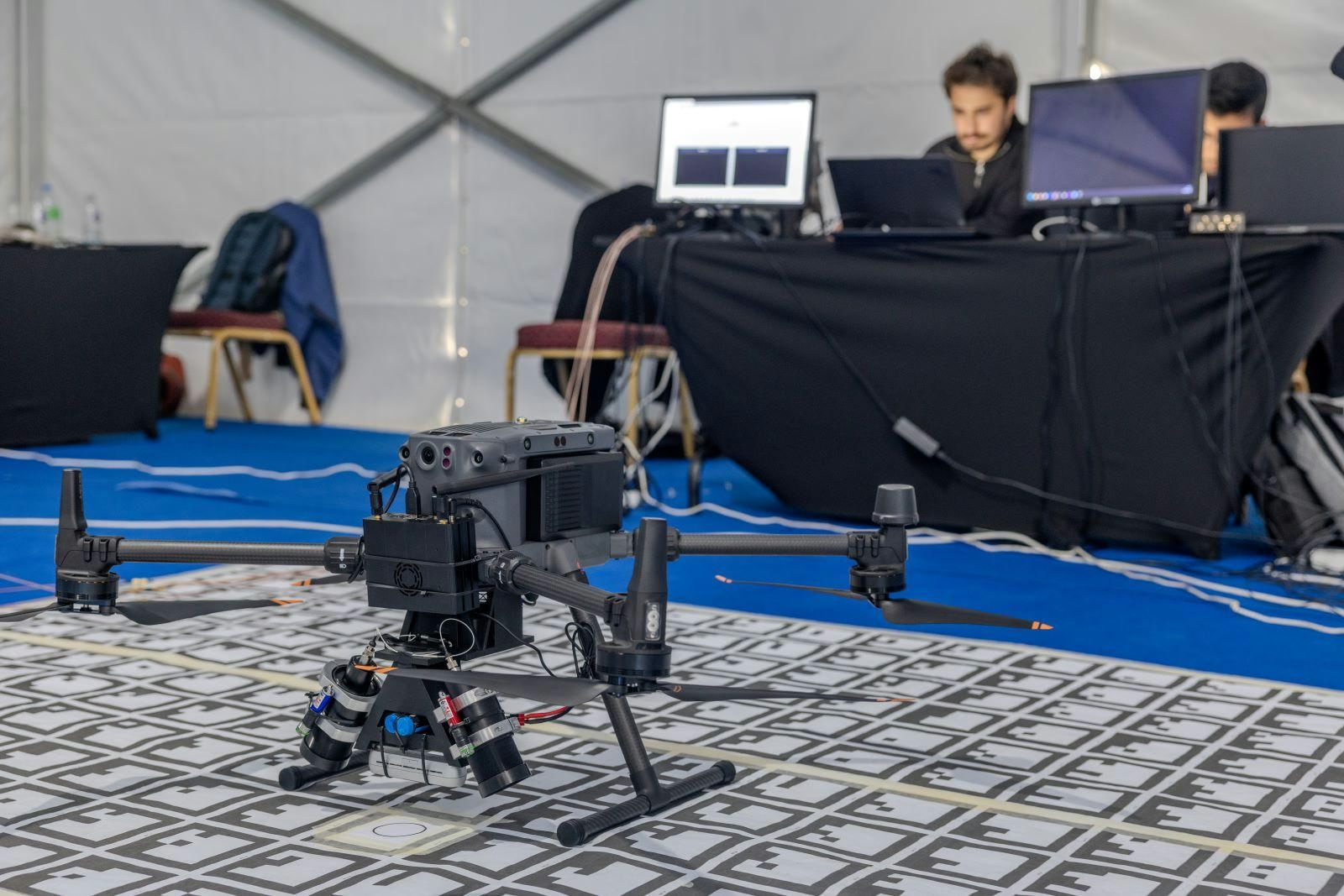
AeroGenie — Seu copiloto inteligente.
Tendências
Categories
Expert Questions $2 Million Arizona Budget for Flying Car Noise Study
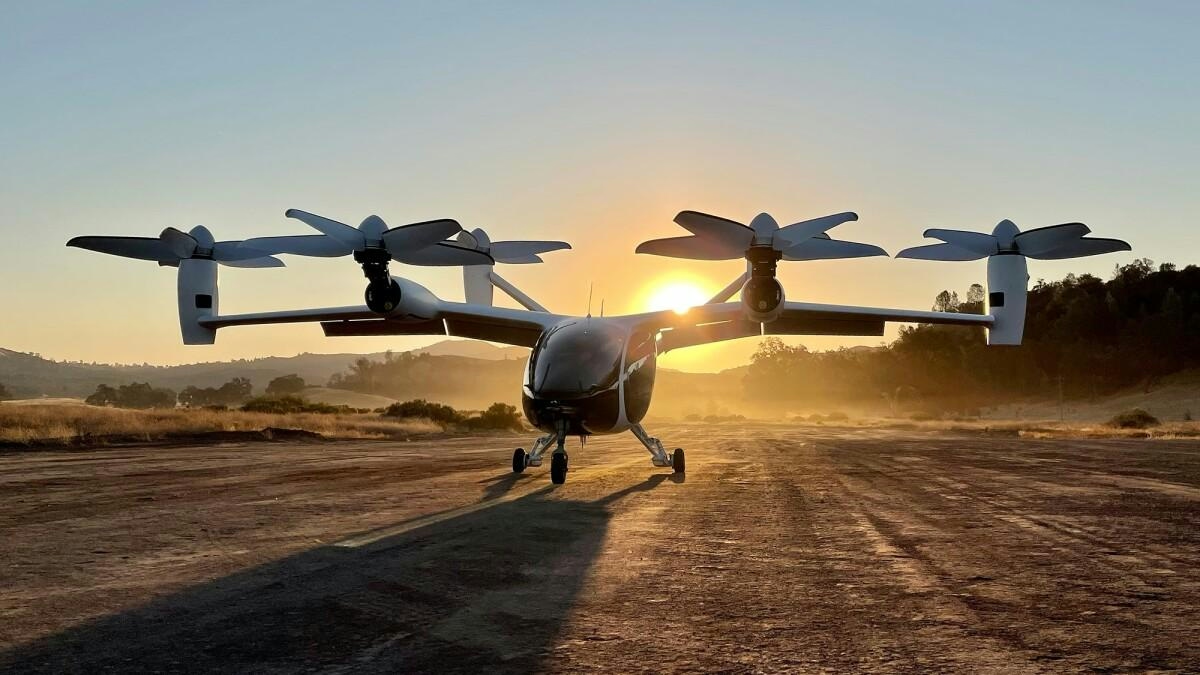
Expert Questions $2 Million Arizona Budget for Flying Car Noise Study
Arizona’s recent state budget allocates $2 million toward research and planning for “advanced air mobility infrastructure,” a move that has ignited debate among experts and industry observers. The funding is primarily designated for studies on noise impacts as the state prepares for a future that could include flying cars.
Ambitions and Legislative Support
State Senator David Farnsworth, a Republican from Mesa, is a vocal advocate for positioning Arizona as a hub for the emerging flying car industry. Earlier this year, the state legislature passed a bill mandating the Arizona Department of Transportation to develop a comprehensive statewide plan for “vertiports,” specialized takeoff and landing sites designed for these aerial vehicles.
While the concept conjures images reminiscent of a “Jetsons”-style future, experts urge caution regarding expectations. David King, a transportation and land use professor at Arizona State University, emphasizes that the term “flying cars” is somewhat misleading. He explains that these vehicles resemble large drones more than traditional cars, featuring multi-rotor designs that require significant energy to remain airborne, resulting in considerable noise levels. King notes that widespread personal ownership and use of such vehicles remain distant prospects.
Practical Applications and Challenges
King envisions these vehicles primarily facilitating short-range air travel between designated vertiports. For instance, a journey from Queen Creek to downtown Phoenix could be shortened from a 50-minute drive to a 10- or 15-minute flight. However, these vertiports would operate more like small airports than simple parking lots, subject to stringent regulations governing takeoffs, landings, and flight paths.
The $2 million earmarked for noise studies has drawn skepticism from some aviation stakeholders, who question the necessity of such a substantial investment at this early stage. Regulatory compliance, environmental concerns, and public perception are anticipated to present significant hurdles as the state advances its plans. The outcomes of the study could influence future regulatory frameworks, shaping how and where flying cars may operate.
Industry competitors may leverage the study’s findings to refine vehicle designs and marketing strategies, potentially positioning Arizona as a leader in the sector—or exposing it to criticism depending on the results. Public opinion remains divided, with some residents enthusiastic about the prospect of futuristic travel, while others express concern over increased noise and air traffic in their communities.
As Arizona embarks on this ambitious research initiative, the realization of a sky filled with flying vehicles remains uncertain. For now, the state is investing in understanding the implications—and particularly the noise—of a future that may be closer than anticipated.
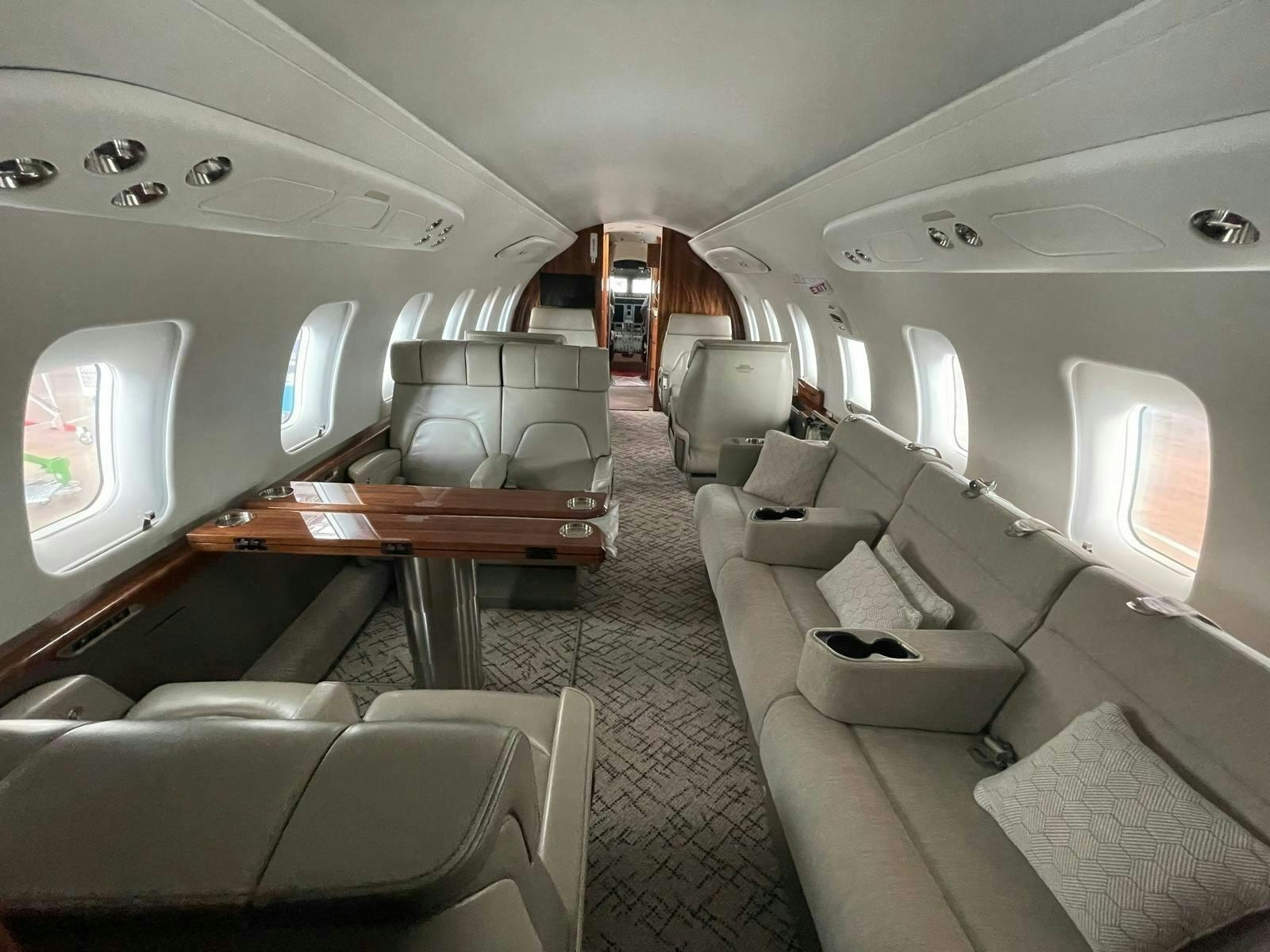
Nomad Technics Completes Maintenance on Challenger 650
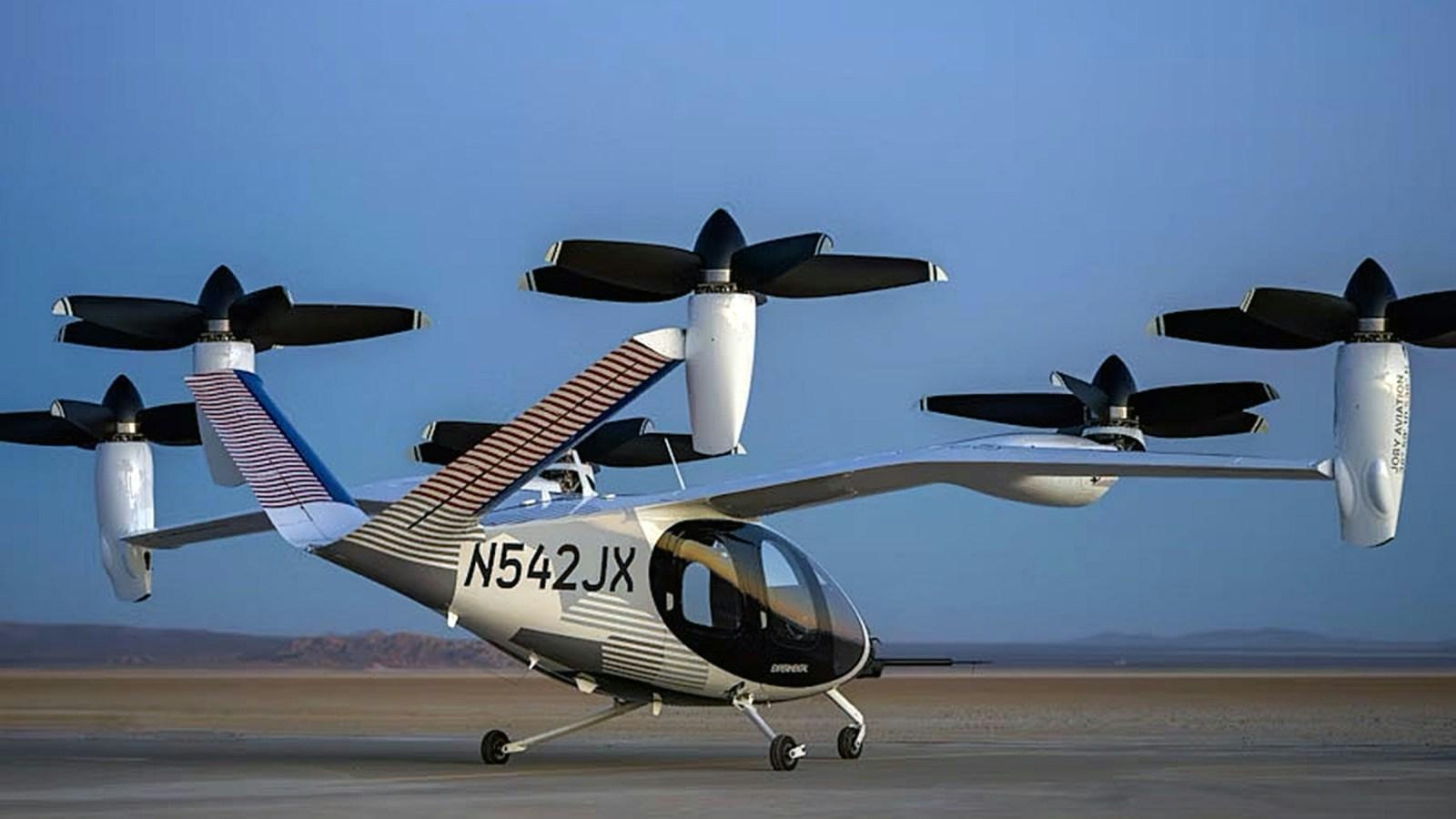
Joby Aviation Prepares for Air Taxi Pilot Training Ahead of CES 2026
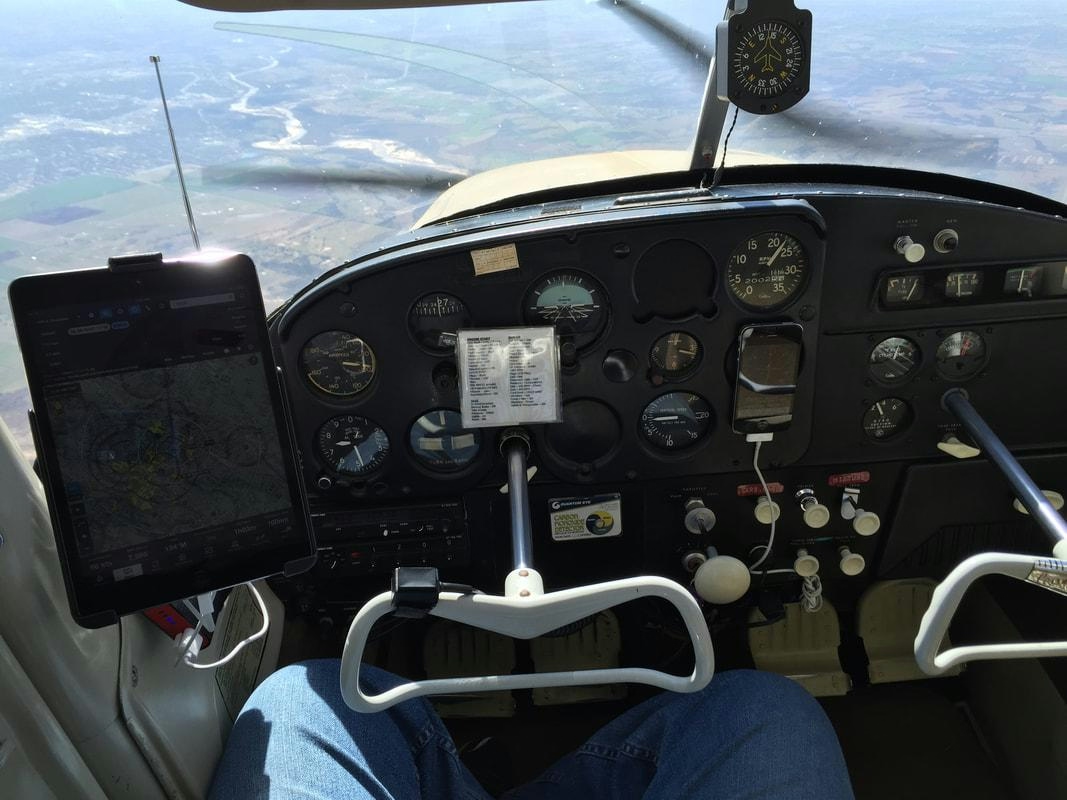
Fuel Exhaustion Caused by Incorrect Fuel Selector Installation
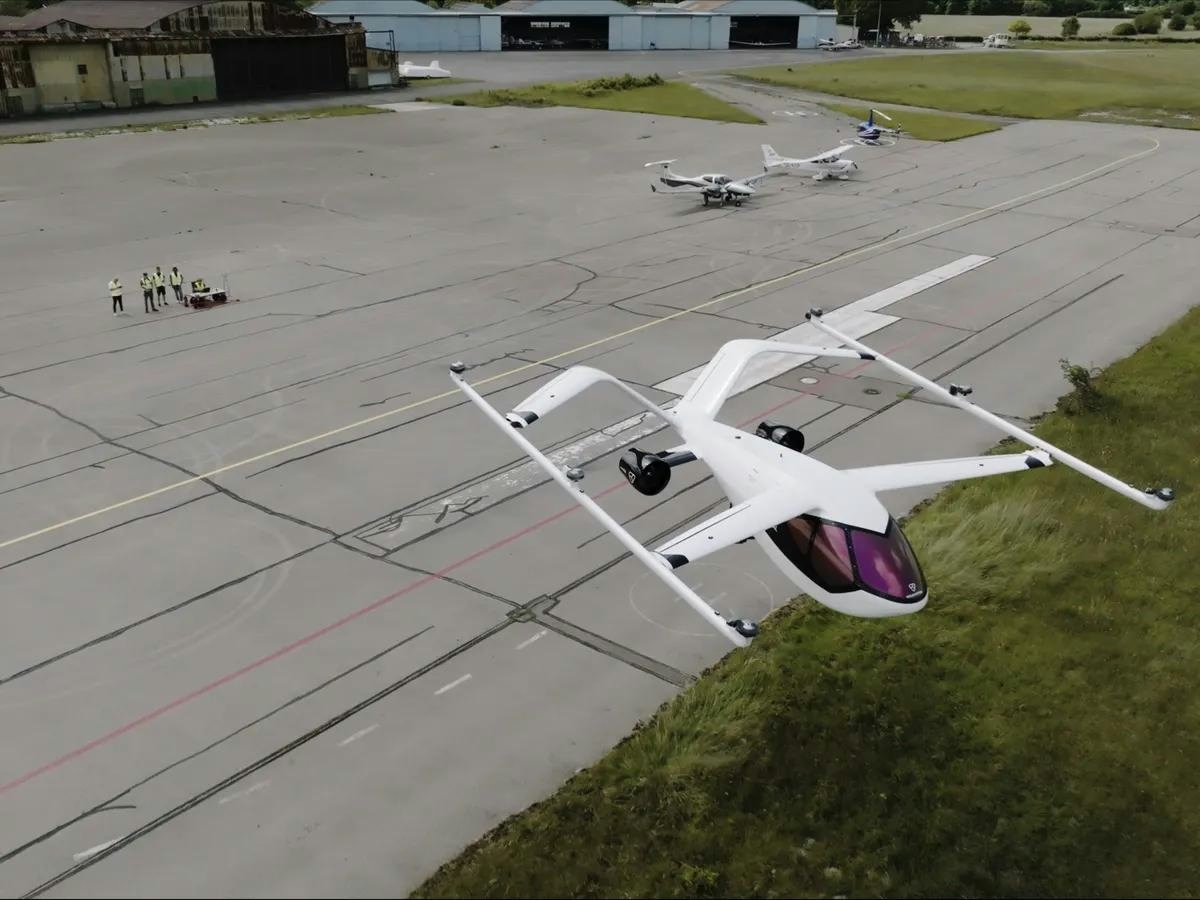
The Growing Role of eVTOL Aircraft
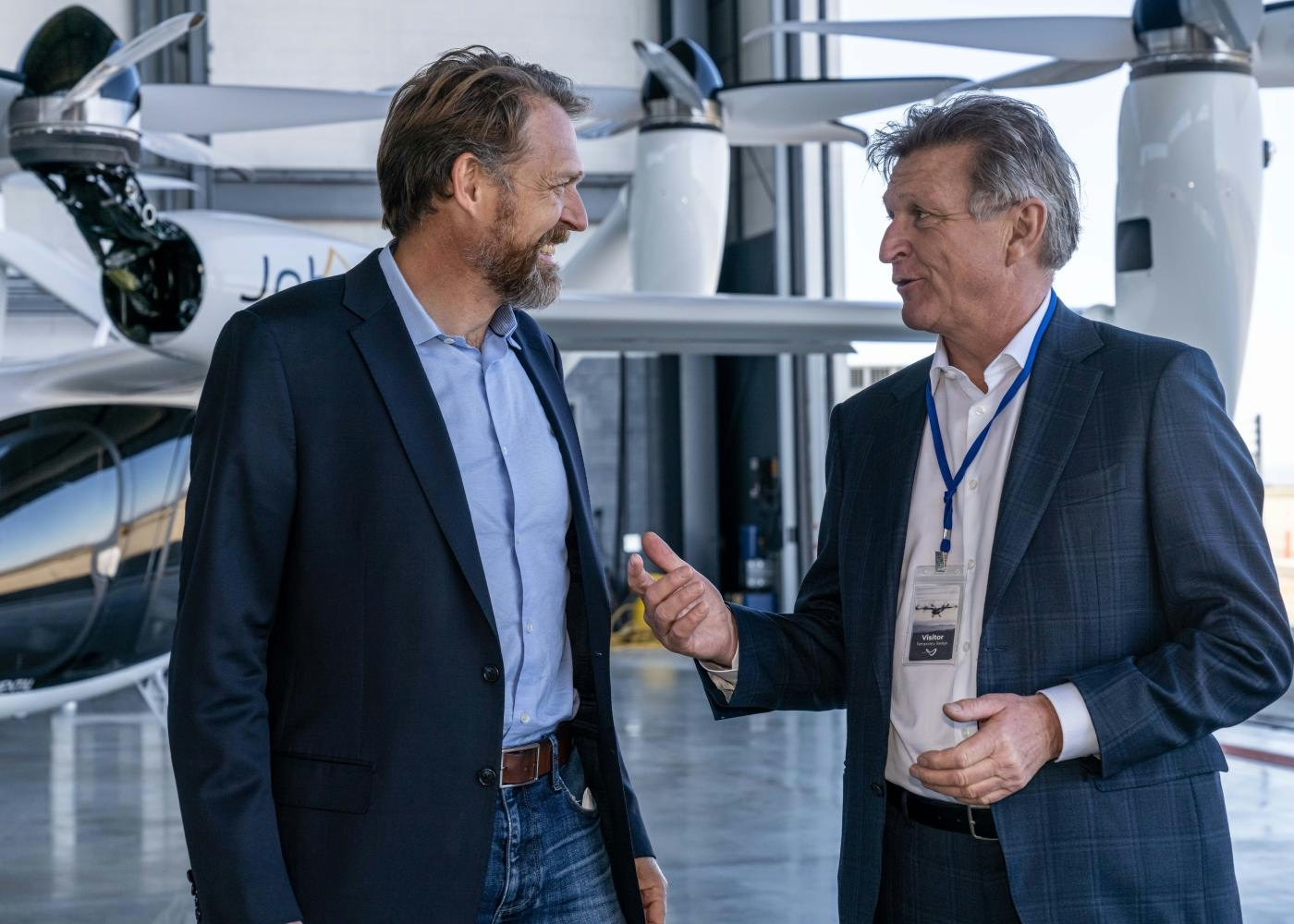
Joby Aviation Receives First of Two Advanced Flight Simulators from CAE
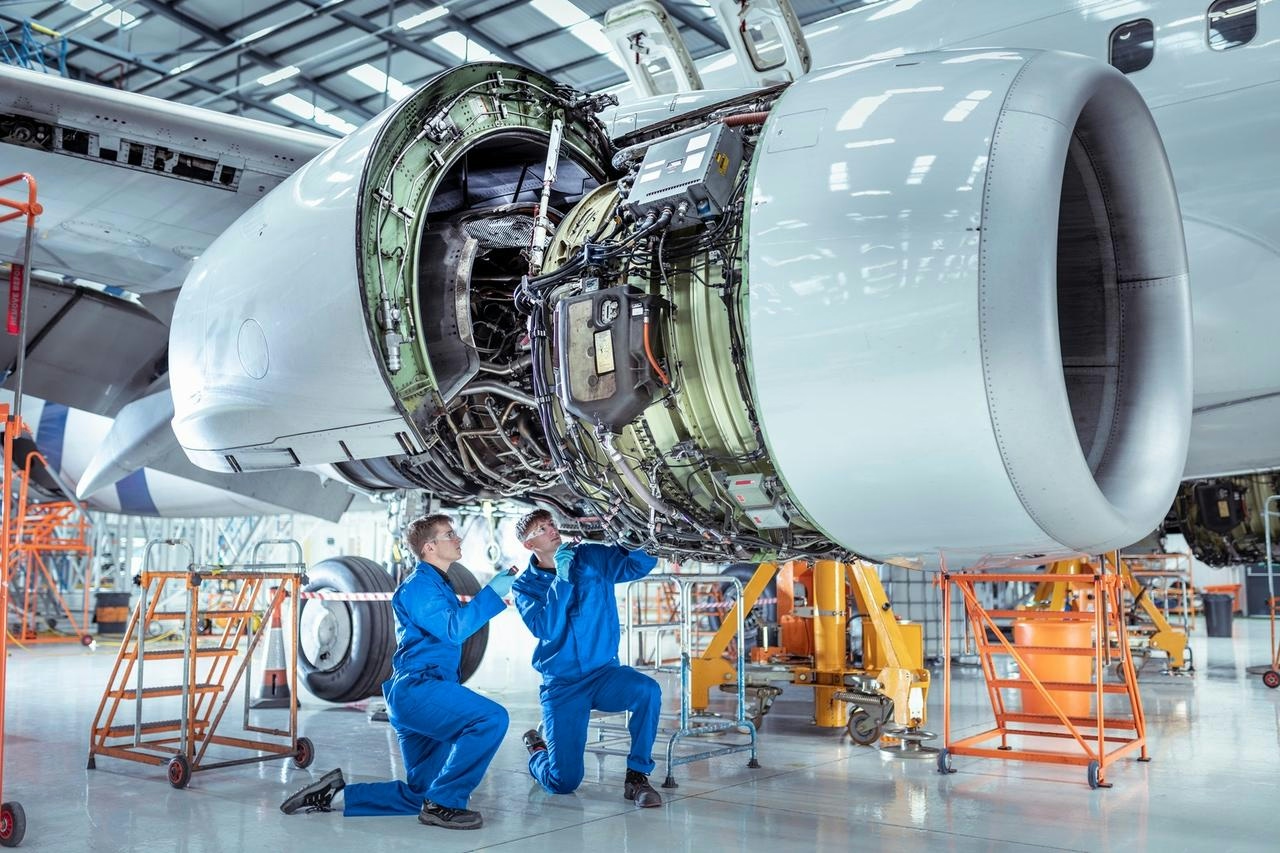
New Aviation Fund Manager Secures $1.6 Billion for Engine Deals
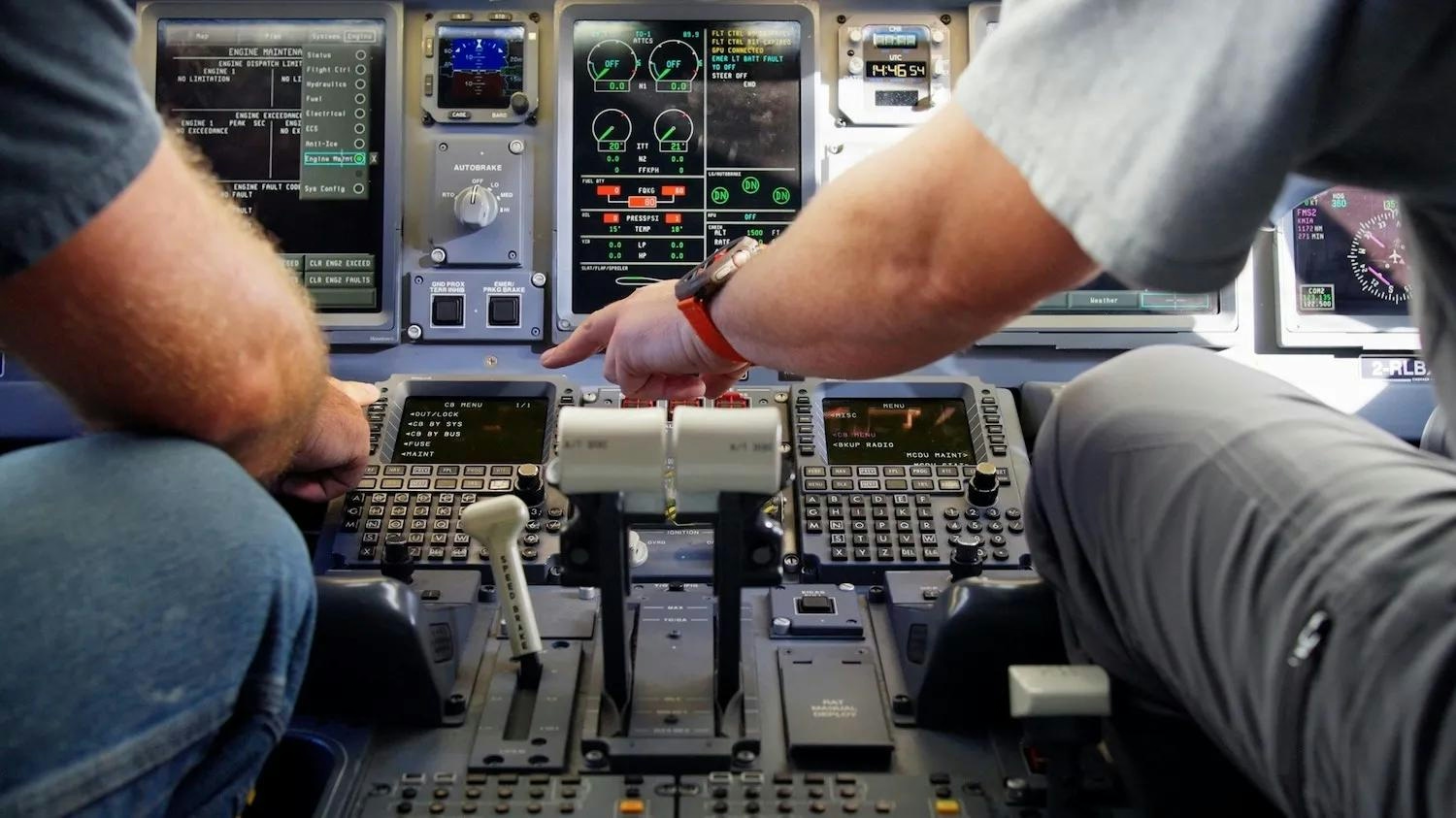
SkyWest Expands Maintenance Operations in Salina
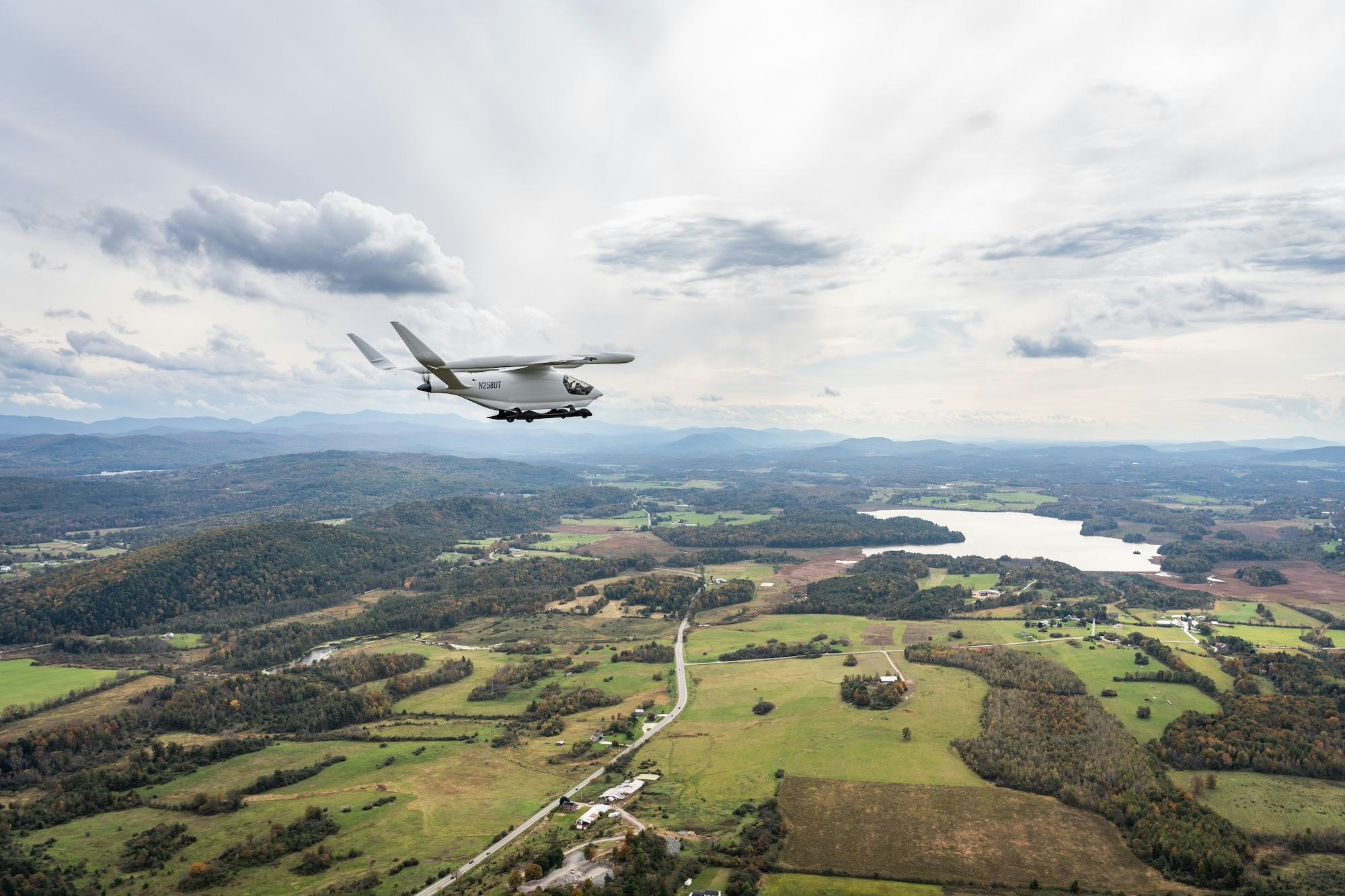
Massachusetts startup developing AI copilots for military aircraft to go public
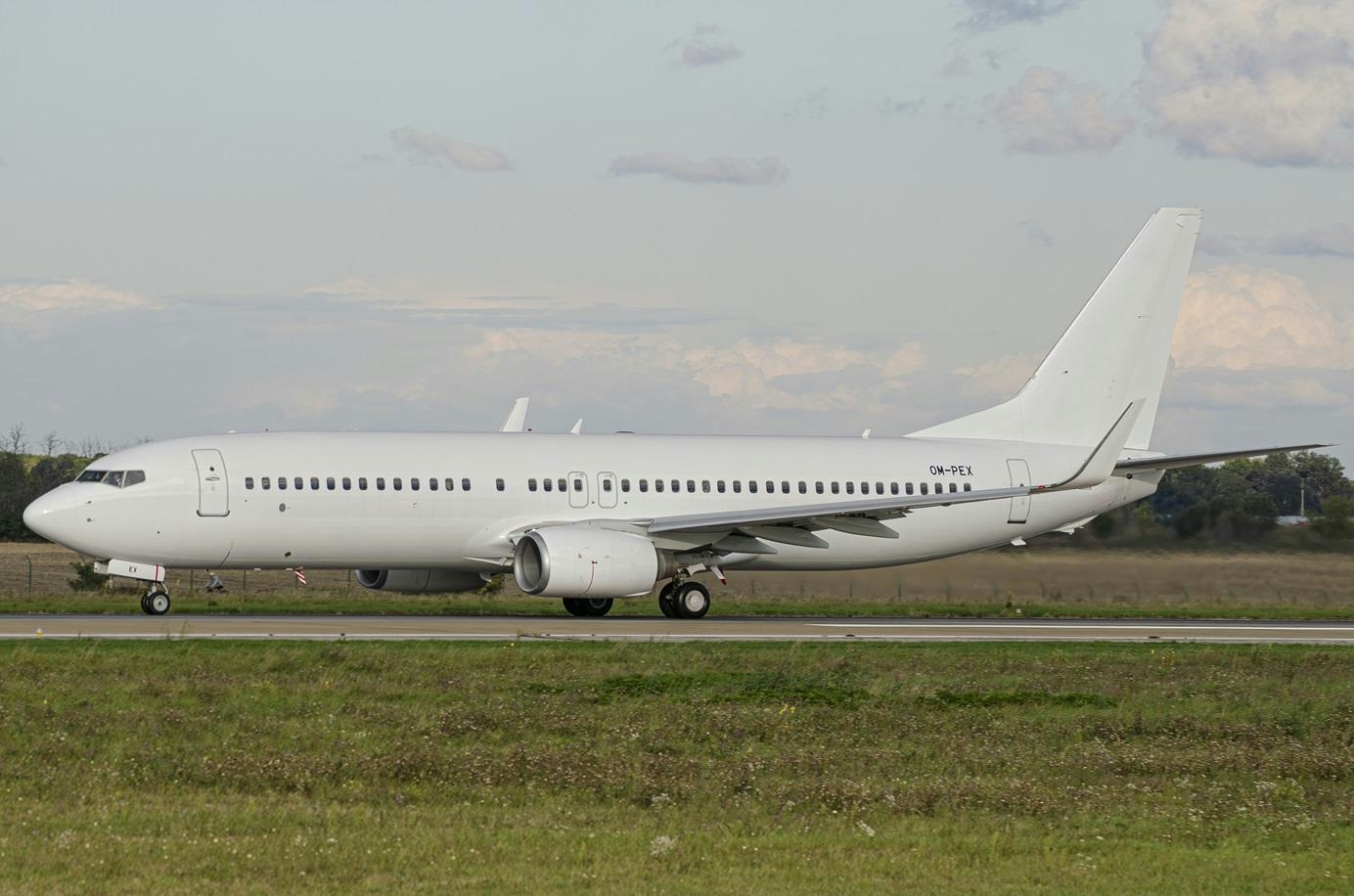
Nigeria’s Air Peace Wet-Leases Additional Boeing 737-800
